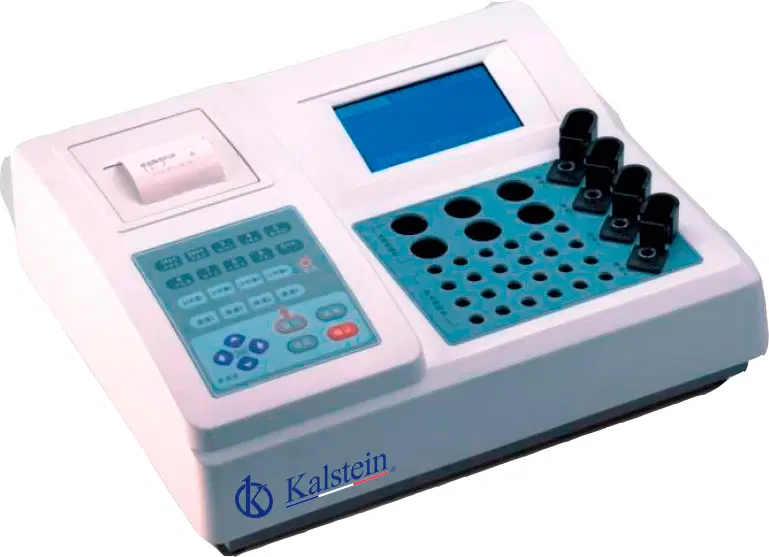Coagulation is the result of a coordinated interaction of blood proteins, circulating cells, vasculature cells, and extracellular matrix proteins in the vessel wall.
What are the laboratory tests used to evaluate coagulation?
Currently there are laboratory tests that evaluate different clotting pathways. Prothrombin time (PT) and activated partial thromboplastin time (aPTT) are the tests generally used to screen for most clotting factors. The factors involved in the intrinsic coagulation pathway are evaluated by the aPTT while the PT evaluates the extrinsic pathway, both of which coincide in the common pathway factors. Both require blood to be anticoagulated with sodium citrate, which functions as a calcium chelator.
Prothrombin time activates clotting when tissue factor or thromboplastin and calcium are added; normal result ranges from 10-14 seconds with> 60% activity. Depending on the type of thromboplastin added, the result can vary widely, so a standardized method has been developed to express these variations: international normalized ratio (INR). The importance of this parameter lies in its usefulness to evaluate the effectiveness of anticoagulation with vitamin K antagonists, but it is of little use in other states of coagulopathy such as liver failure.
Activated partial thromboplastin time assesses the intrinsic coagulation pathway and the common pathway; the latter, together with prothrombin time. For this reaction, phospholipids, calcium, and a contact factor initiator such as ossilic kaolin are added to the citrated plasma. The normal result is 25 to 45 seconds; however, it is important to know the reference values for each laboratory. The most frequent cause of alteration of activated partial thromboplastin time is the deficiency of some of the factors of the intrinsic pathway.
Thrombin time assesses the conversion of fibrinogen to fibrin, the last stage of the common pathway, which is obtained by adding bovine thrombin to citrated plasma; the normal value ranges from 9 to 35 seconds and is prolonged when there is abnormal, decreased fibrinogen, or when there is elevation of fibrin fragmentation products; therefore, it is a good parameter to evaluate disseminated intravascular coagulation and liver disease.
Fibrinogen, the last protein in the coagulation cascade, can be measured by chemical or immune methods, it is found in concentrations ranging from 200 to 400 mg / dL. Under stress conditions it acts as an acute phase reactant and can rise up to 800 mg / dL.
With what equipment can coagulation be measured in a clinical laboratory?
In the laboratory, numerous techniques have been developed for the study of coagulation, among them we have the coagulogram, a test that is widely useful in clinical laboratories, since many of the tests that make up the coagulogram can be performed using an automated coagulation analyzer. , this is a laboratory equipment by which clotting factors can be accurately and accurately measured.
At Kalstein we are MANUFACTURERS, which is why we have the best coagulation analyzers at excellent PRICES. We invite you to take a look at the Products menu. HERE


